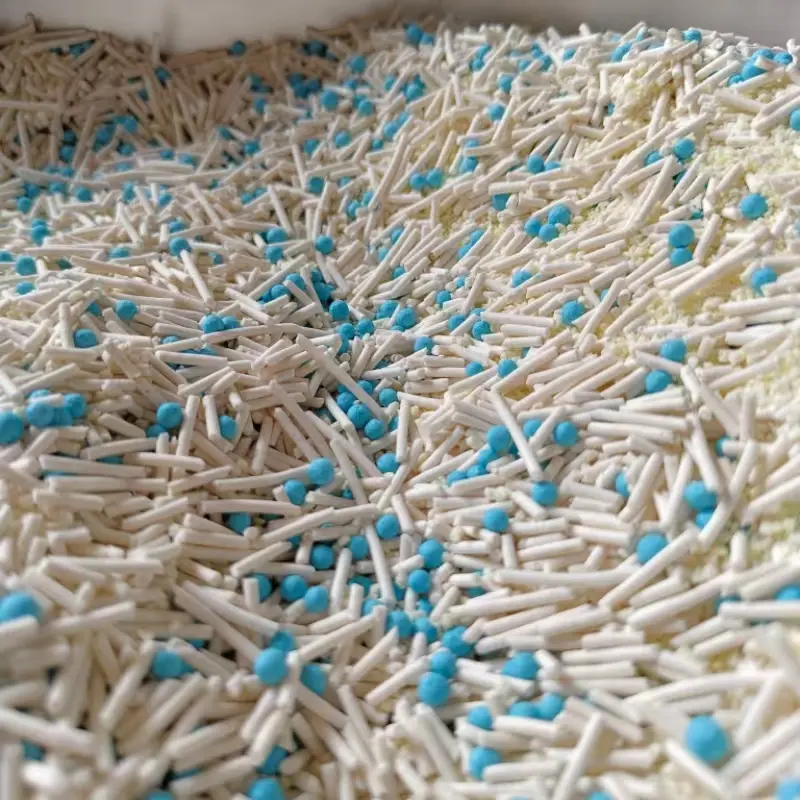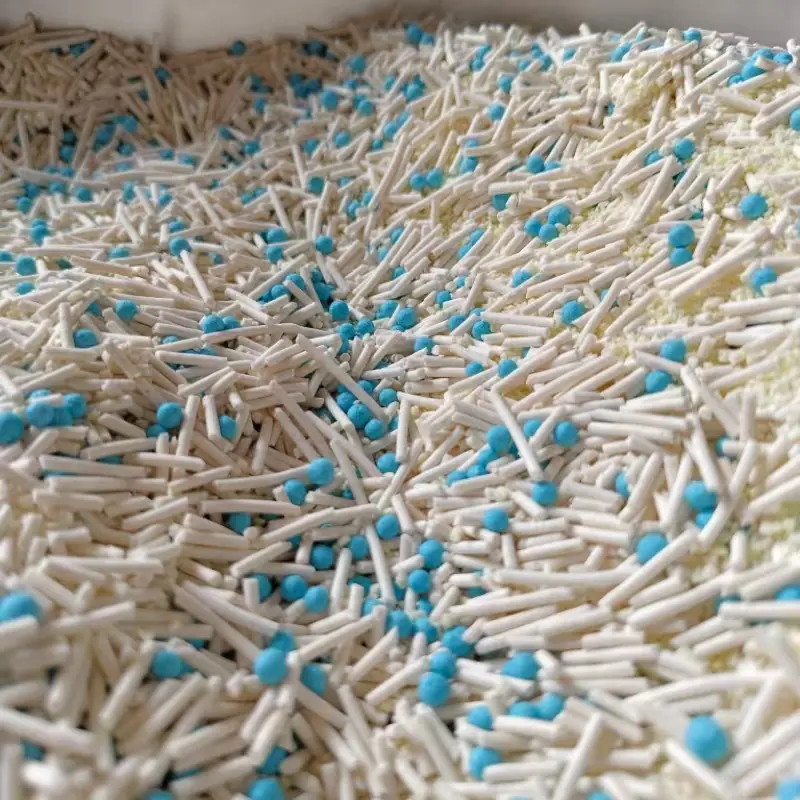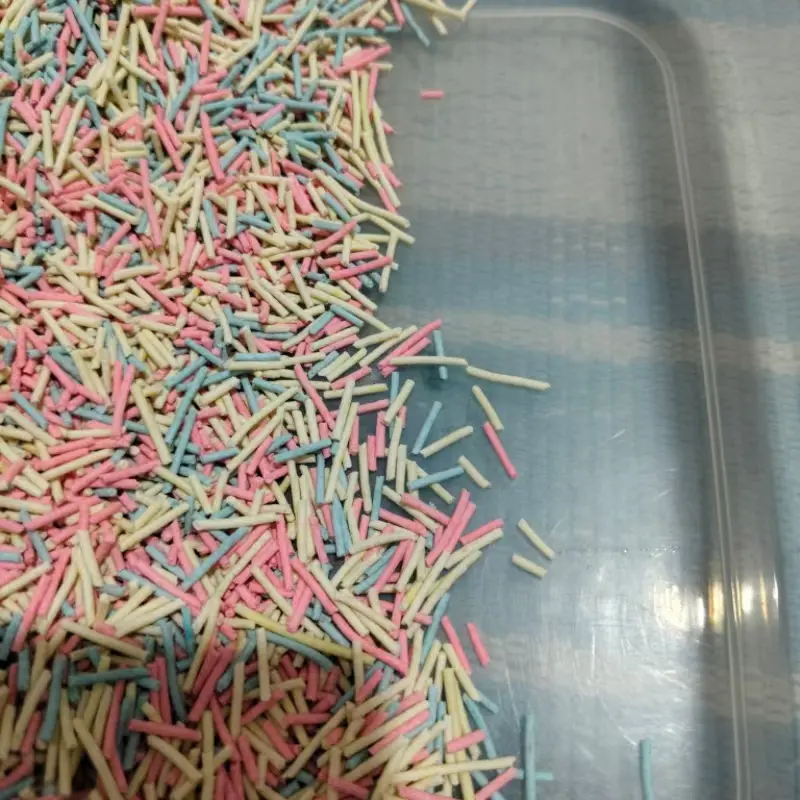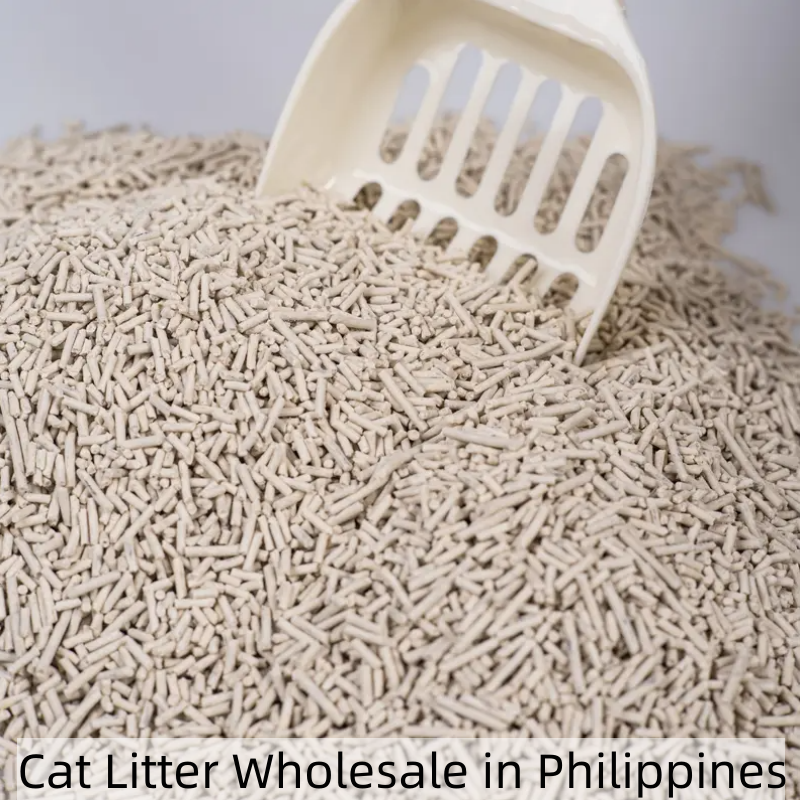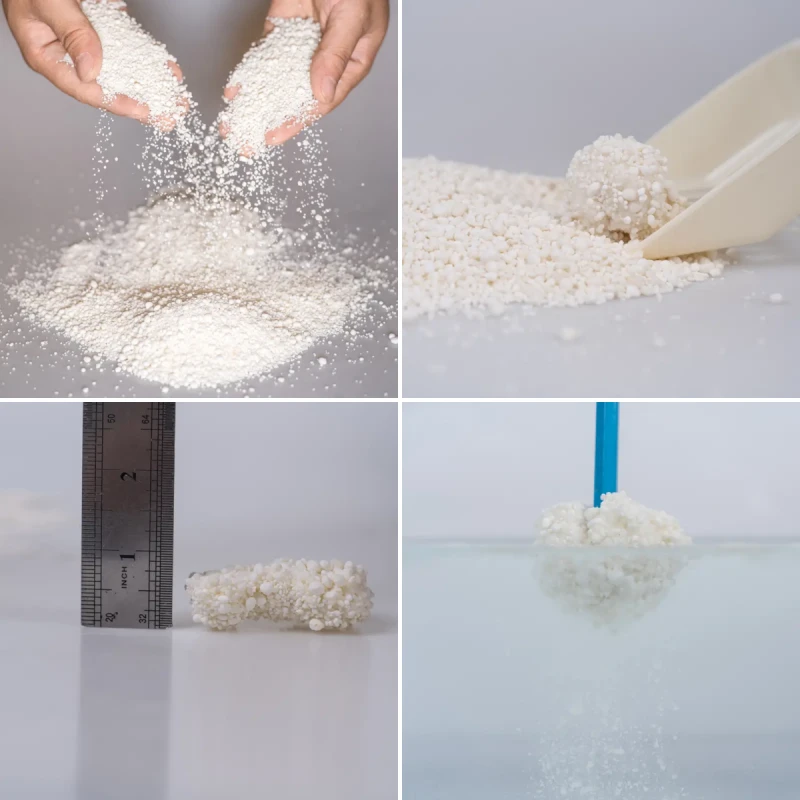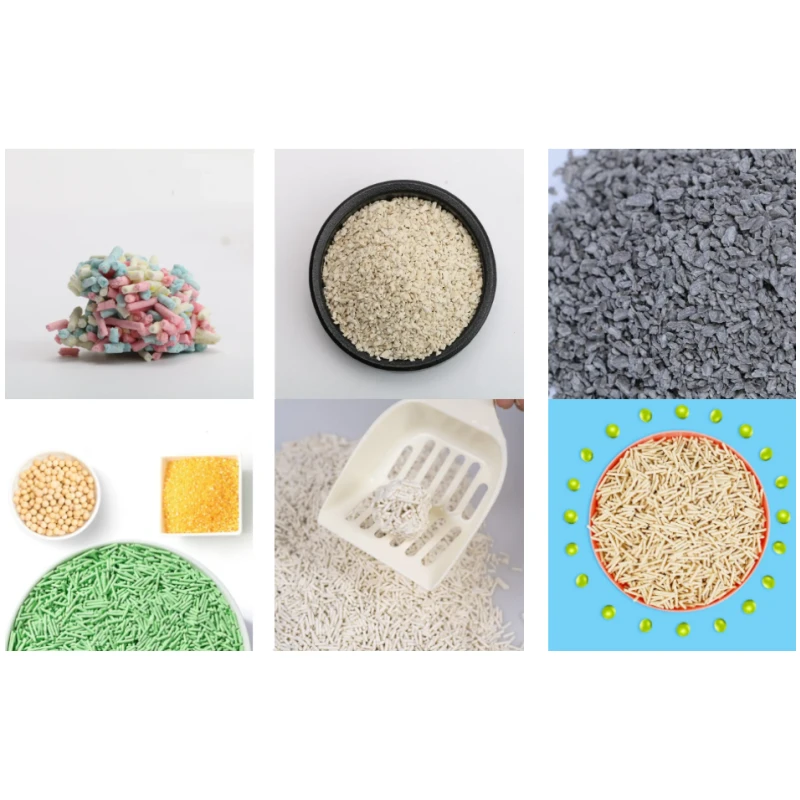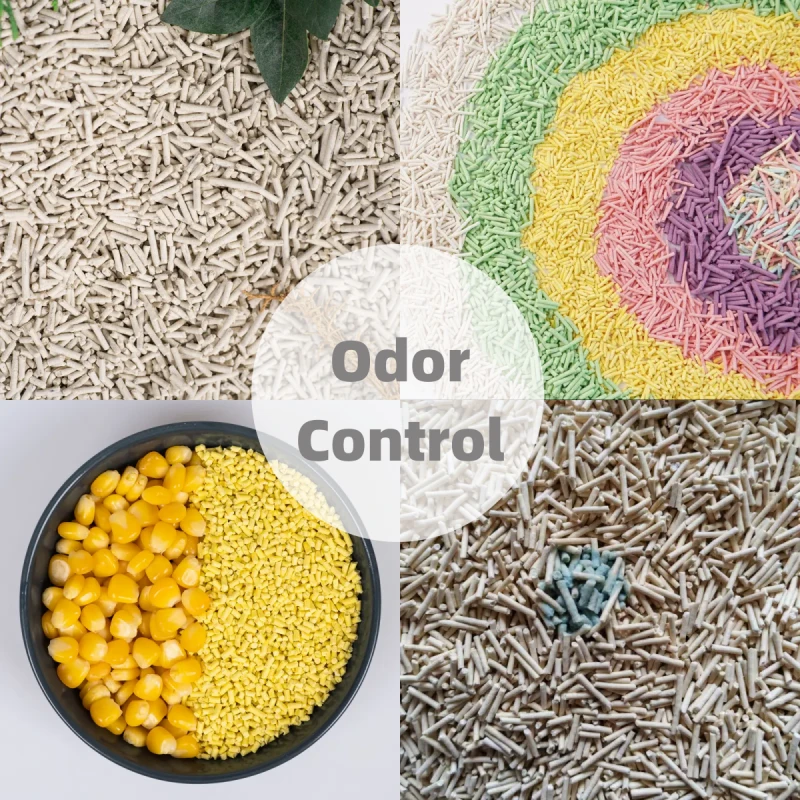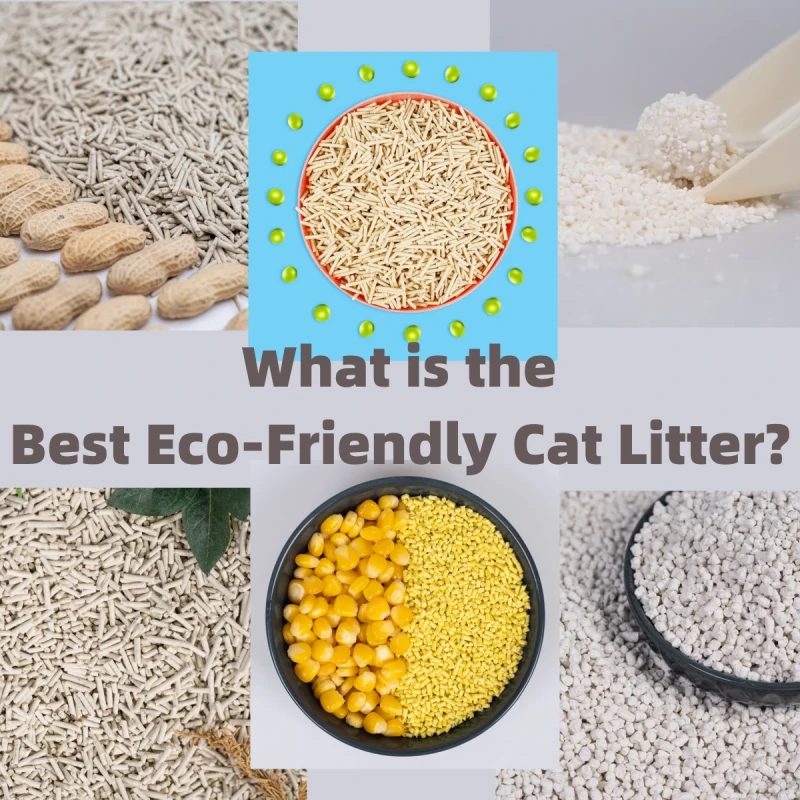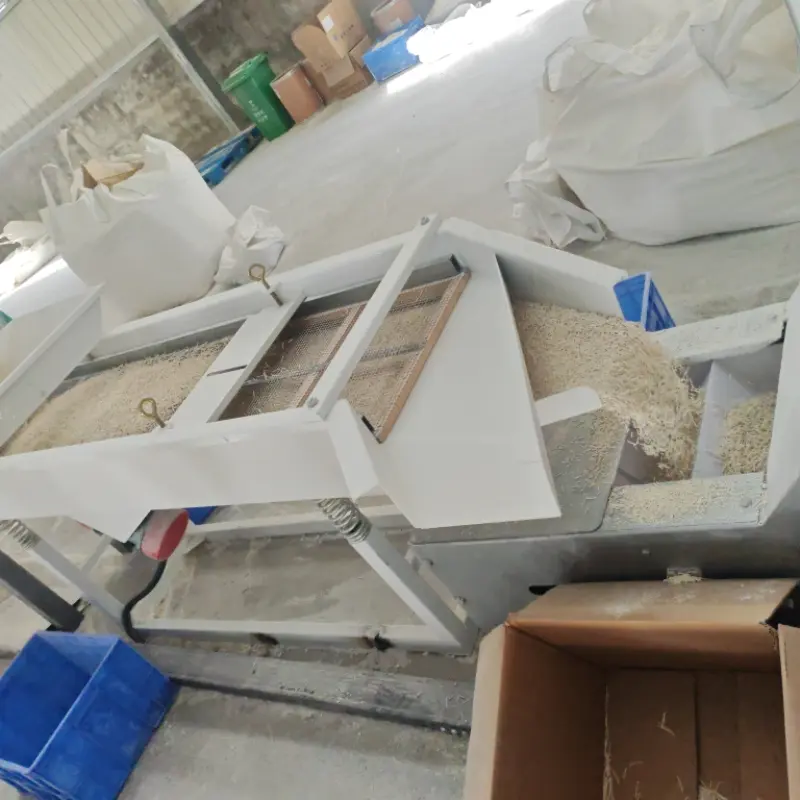Is corn cat litter safe?
Yes, corn cat litter is generally considered safe for cats and humans when used as directed. We can analyze the safety of corn cat litter from the ingredients and harmful substance control.
Introduction to Corn Cat Litter

Corn cat litter is typically considered a relatively safe choice because it is made from natural corn granules. These granules are usually byproducts of the corn production process, and they do not contain harmful chemicals, making it relatively safe even if ingested by cats. It demonstrates a strong environmental consciousness by utilizing resources efficiently. Additionally, these granules can decompose rapidly, resulting in minimal environmental impact.
Corn Kernels/Corn Cob.This is one of the main ingredients of corn cat litter. Corn kernels or corn cobs are typically by-products obtained from the processing of corn products. These cores or particles are processed to be suitable as the shape and size of cat litter. This material is safe.
Natural Binders. Some corn cat litters may contain natural binders to help the litter clump together. These binders are typically derived from plants or other natural sources, such as plant fibers or pulp. This material is also very safe.
Absorbents. To enhance the absorbency of the cat litter, some corn cat litters may include absorbents such as cellulose or other natural materials. These absorbents help to soak up cat urine and form clumps, making cleaning more convenient. Natural ingredients are also very safe.
Fragrances. Some corn cat litters may contain fragrances to mask odors or add scent. These fragrances are typically natural plant extracts or essential oils, but sometimes artificial fragrances may be used. Generally, food-grade fragrances are preferred for safety reasons.
Judging from the ingredients, corn cat litter is safe and there is no problem at all.
Advantages of Corn Cat Litter
Environmentally friendly: Compared to traditional mineral litter, corn cat litter is more environmentally friendly. It can biodegrade, reducing the burden on the environment.
Odorless: Corn cat litter typically has excellent odor-absorbing properties, effectively controlling odors and creating a fresh living environment for you and your cat.
Low dust: Compared to some mineral litters, corn cat litter usually produces less dust, reducing the risk of respiratory irritation for cats from inhaling dust particles.
Distinguishing between good and bad corn cat litter primarily lies in the following aspects:

Good corn cat litter
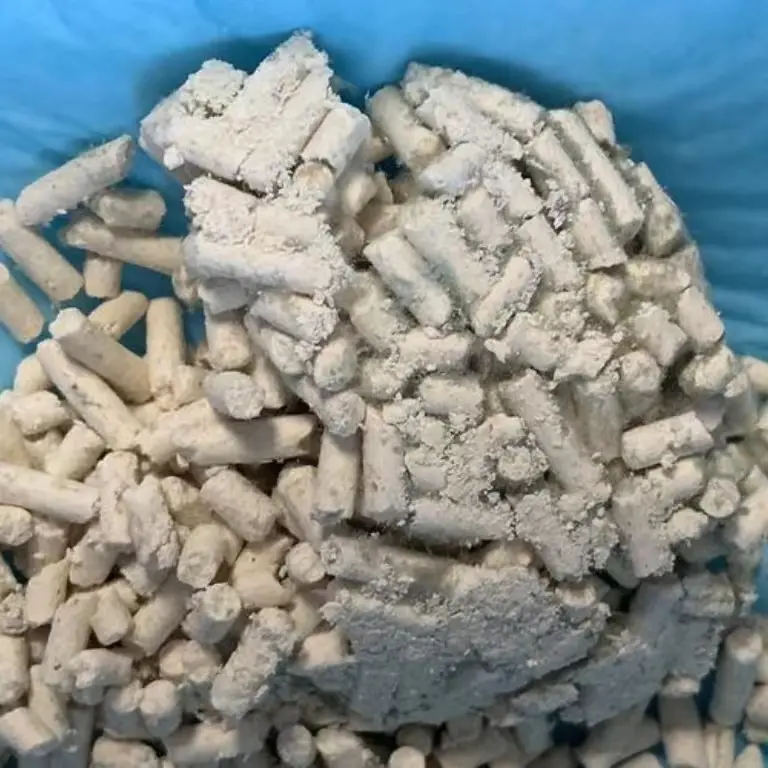
Bad corn cat litter
Raw materials and quality: Good corn cat litter is made from high-quality natural materials such as corn cobs, with no addition of harmful substances, ensuring product safety and environmental friendliness. In contrast, bad cat litter may use inferior materials or even contain chemicals harmful to cats.
Absorbency and clumping ability: High-quality corn cat litter has excellent absorbency and clumping ability, quickly absorbing urine and forming tight clumps for easy cleaning. On the other hand, bad cat litter may have poor absorbency, causing urine to penetrate to the bottom and making cleaning difficult.
Odor control: Good corn cat litter has effective odor control, efficiently masking and absorbing the odors of cat excrement. In contrast, bad cat litter may have poor odor control, potentially leaving unpleasant smells in the household environment.
Dust level: Quality corn cat litter is strictly controlled for dust during production, ensuring low or no dust content to protect the respiratory health of cats. In contrast, bad cat litter may have a high dust level, causing respiratory irritation to cats.
Price and value for money: Although good corn cat litter may have a slightly higher price, its superior performance offers better value for money. Conversely, bad cat litter may be cheaper but provides a poor user experience and lower value for money.
When purchasing corn cat litter, cat owners can judge its quality by examining product ingredients, understanding production processes, and reviewing user feedback. Additionally, they can choose cat litter based on their specific needs and budget. Remember to regularly replace the cat litter and keep the litter box clean to provide a healthy and comfortable living environment for cats.
Potential drawbacks of unsafe corn cat litter include:
Health hazards: Poor-quality or improperly stored corn cat litter may harbor mold growth, especially aflatoxins. This mold poses significant health risks to cats and could even be fatal. Cats may ingest these harmful substances while grooming or playing, leading to severe health issues over time.
Respiratory issues: Some low-quality corn cat litters may contain high levels of dust. When cats dig in the litter box, this dust may be inhaled, causing respiratory problems such as coughing, sneezing, and potentially more severe respiratory diseases.
Skin irritation: Certain corn cat litters may contain ingredients that irritate the skin of cats. Prolonged exposure to this type of litter may result in symptoms such as skin redness, swelling, and itching.
Environmental pollution: Although corn cat litter is biodegradable, improper disposal could still lead to environmental pollution. Particularly when the litter contains significant amounts of harmful substances, these substances may be released into the environment during degradation, causing ecological damage.
Therefore, when selecting corn cat litter, cat owners should ensure it comes from reputable cat litter manufacturers, uses high-quality ingredients, is free of irritating components, and has low dust content. Additionally, regular litter box replacement and cleaning are essential to keep the litter dry and clean, reducing the likelihood of bacterial and mold growth. If cats show any unusual symptoms, prompt veterinary attention is necessary, along with checking for issues with the cat litter.
Why using safe corn cat litter?
If you are a cat litter brand and use unsafe cat litter, the harm caused to your customers will be difficult to make up for in time and money. Although the cost of unsafe cat litter is lower and the profit margin is higher, once the scandal is revealed, there is probably no room for recovery.
Therefore, when purchasing cat litter, we must choose safe cat litter. For example, corn cat litter.
The benefits of using safe corn cat litter for a cat litter brand include:
Enhanced Environmental Image
Using safe corn cat litter can reduce environmental burdens since it utilizes natural materials and does not contain harmful chemicals. This helps brands cultivate an eco-friendly image, attracting more environmentally conscious consumers.Meeting Consumer Demands
With the increasing demand for eco-friendly products, adopting safe corn cat litter can meet this demand, appealing to more environmentally aware consumers who prefer brands with sustainable practices.Improved Product Competitiveness
In the market, products using safe corn cat litter have a distinct advantage. Not only do they possess excellent absorption and clumping capabilities, but they also provide a safer and healthier environment for pets, thereby enhancing the competitiveness of the product.Increased Consumer Trust
Safe corn cat litter does not contain harmful chemical ingredients that could jeopardize pet health. Consequently, consumers are more likely to trust brands that choose this type of cat litter, perceiving them as prioritizing pet health and safety.Promotion of Brand Image
Opting for safe corn cat litter is not just a product choice; it's also a reflection of brand values. Brands that focus on pet health, environmental awareness, and social responsibility shape a positive brand image, garnering favor and support from consumers.
Therefore, using safe corn cat litter is a proactive measure for a cat litter brand, offering benefits such as enhanced brand image, meeting consumer demands, improved product competitiveness, and increased consumer trust in the market.
EU standards
The specific numerical values for the European Union standards regarding maximum residue levels of pesticides, heavy metals, and concentrations of substances such as formaldehyde in safe corn cat litter are as follows:
Pesticides Residue Levels. The European Union has established maximum residue levels (MRLs) for pesticides in various food and feed products. These MRLs vary depending on the specific pesticide and the type of product. For corn-based products such as corn cat litter, the MRLs for pesticides would typically align with those established for corn as a food product. These values can range from a few parts per million (ppm) to several tens of ppm, depending on the pesticide.
Heavy Metals Content. The EU Regulation (EC) No 1881/2006 sets maximum levels for certain contaminants in foodstuffs, including heavy metals such as lead (Pb), cadmium (Cd), mercury (Hg), and arsenic (As). For corn cat litter made from safe corn, the levels of heavy metals should comply with the maximum levels specified in this regulation. For example, the maximum levels for lead, cadmium, mercury, and arsenic in corn-based products are as follows:
Lead (Pb): 0.10 mg/kg
Cadmium (Cd): 0.05 mg/kg
Mercury (Hg): 0.01 mg/kg
Arsenic (As): 0.10 mg/kg
Formaldehyde Concentration. Formaldehyde is regulated as a hazardous substance in the EU under REACH (Registration, Evaluation, Authorization, and Restriction of Chemicals) regulations. The EU has established limits for formaldehyde emissions from various products, including wood-based materials. While there are no specific EU regulations setting maximum formaldehyde concentrations in cat litter, safe corn cat litter manufacturers would typically aim for formaldehyde emissions well below the limits set for wood-based materials. For example, the formaldehyde emission limit for wood-based panels is 0.1 mg/m3 air, measured according to EN 717-1.
It's essential for manufacturers of safe corn cat litter to ensure that their products meet or exceed these EU standards to ensure the safety and health of both pets and consumers.
Gelin Town Pet is a leading Corn Cat Litter factory offering premium Corn Cat Litter OEM processing services. Specializing in the manufacturing and customization of Corn Cat Litter, we provide comprehensive solutions including OEM, wholesale, and private label services. With our state-of-the-art facilities and expertise in pet care products, we ensure the highest quality standards in every batch of Corn Cat Litter produced. Whether you're a distributor, retailer, or pet care brand, trust Gelin Town Pet for reliable and efficient OEM processing, catering to your specific requirements and delivering superior Corn Cat Litter products.

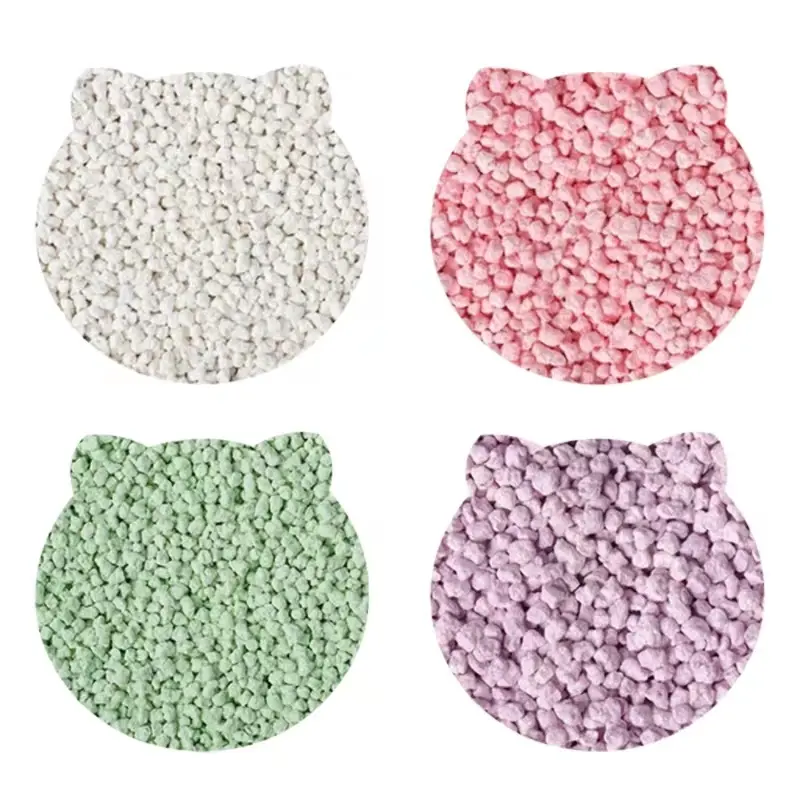
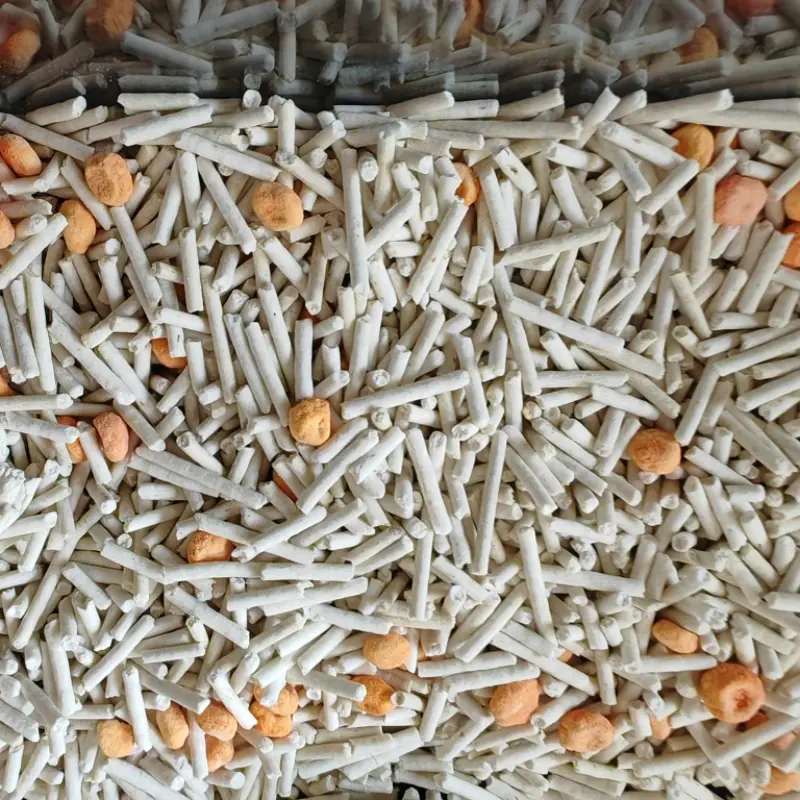
122.webp)
